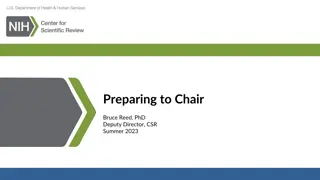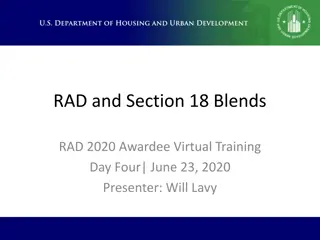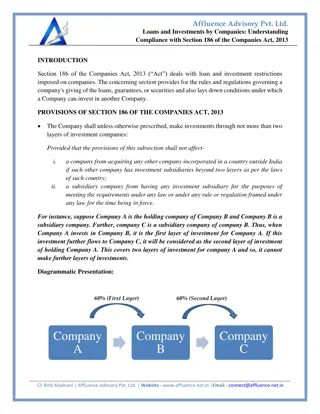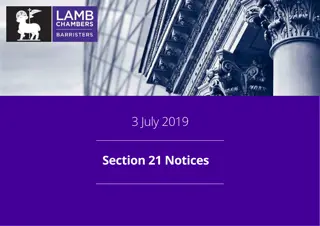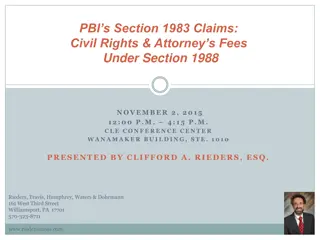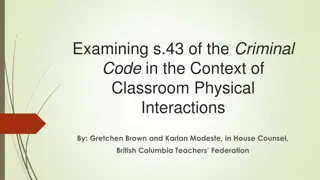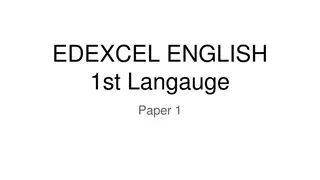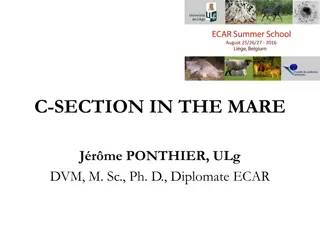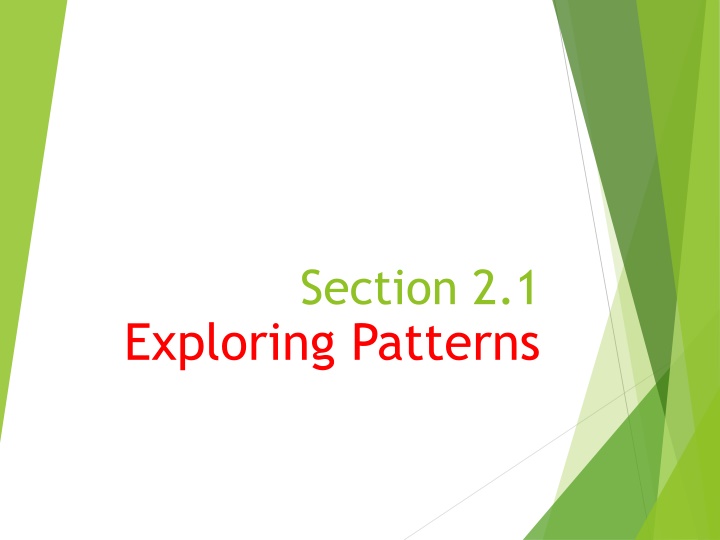
Discovering Geometry Concepts and Reasoning Strategies
Explore the fundamental concepts of geometry such as points, lines, angles, and rays. Understand the process of reasoning in geometry through pattern exploration, conjecture making, and logical verification. Get familiar with important definitions and classifications of angles while learning about collinearity, opposite rays, and interior/exterior points in angles.
Download Presentation

Please find below an Image/Link to download the presentation.
The content on the website is provided AS IS for your information and personal use only. It may not be sold, licensed, or shared on other websites without obtaining consent from the author. If you encounter any issues during the download, it is possible that the publisher has removed the file from their server.
You are allowed to download the files provided on this website for personal or commercial use, subject to the condition that they are used lawfully. All files are the property of their respective owners.
The content on the website is provided AS IS for your information and personal use only. It may not be sold, licensed, or shared on other websites without obtaining consent from the author.
E N D
Presentation Transcript
Section 2.1 Exploring Patterns
Reasoning in geometry consists of 3 stages: (1)Look for a pattern (2)Make a conjecture a guess as to what you think is happening (3) Verify the conjecture use logical reasoning to verify that it is true in ALL cases. First 2 steps are inductive reasoning. The third step is when you are proving it.
Important Definitions: Undefined terms: Point, Line, and Plane Line Segment: AB consists of the endpoints A and B and all points on line AB that lie between A and B. Line segment AB or BA
Defns cont. Ray consists of an initial point (A) and all of the points on the line ?? that lie on the same side of A that B lies. If C is between A and B, then ????? ?? are opposite rays. Ray AB
Opposite rays CA and CB A C B Points, segments, or rays that lie on the same line are collinear. In the line above, the following are collinear: A,B,C ; AC, CB, AB ; AC, CB, BC
An angle consists of two different rays that have the same initial point. The rays are the sides of the angle. The angle that consists of the rays AB and AC is denoted by <BAC, <CAB, or <A. The point A is the vertex of the angle.
The measure of <A is denoted by m<A. Angles are classified as acute, right, obtuse, and straight. Right : m<A = 90o Acute : 0o< m<A < 90o Obtuse : 90o < m<A < 180o Straight : m<A = 180o
Interior a point is on the interior of an angle if it lies in between the points that lie on each side of the angle. exterior lies on the outside of the sides of the angle.
Two angles are adjacent if they share a common vertex and side, but have no common interior points. Angle ABC is adjacent to angle CBD Because: they have a common side (line CB) they have a common vertex (point B)




